What Is Baba Ghannouj? A Deep Dive into the Creamy, Smoky Middle Eastern Delight
If you’ve ever scooped up a dollop of silky, smoky dip with a piece of warm pita bread and thought, “Is this heaven or just eggplant?”, then my friend, you’ve already experienced the magic of Baba Ghannouj.
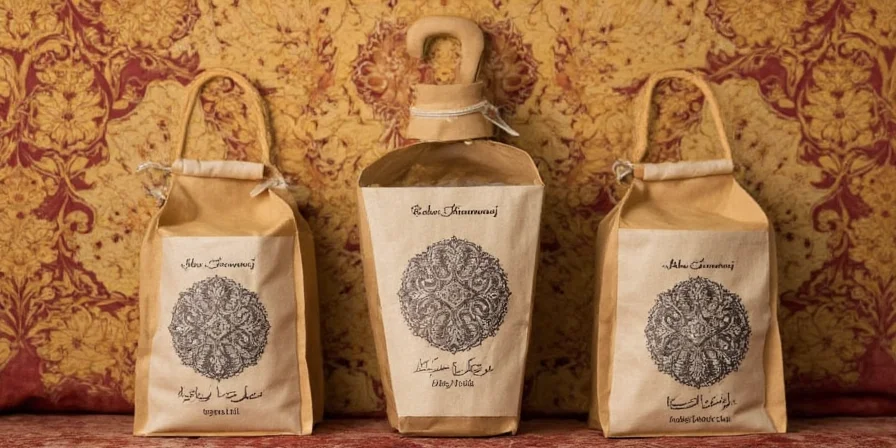
In this blog post, we’ll explore what exactly makes this creamy, garlicky, tahini-laced dish such a beloved staple across the Middle East. We’ll take you from its mysterious origins to modern-day twists, plus share practical tips for making your own at home (spoiler alert: you don’t need a culinary degree!).
Table of Contents
- The Roots of Baba Ghannouj: Where Did This Dip Come From?
- How Baba Ghannouj Differs from Hummus
- The Spice Lineup: What Goes Into Baba Ghannouj?
- 5 Pro Tips for Making the Best Baba Ghannouj at Home
- Serving Suggestions: How to Plate Like a Pro
- Spice & Health: Is Baba Ghannouj Good for You?
- Global Spice Traditions: Baba Ghannouj Around the World
- Final Scoop: Why Baba Ghannouj Deserves a Spot on Your Table
The Roots of Baba Ghannouj: Where Did This Dip Come From?
Baba Ghannouj—sometimes spelled “Baba Ganoush”—has roots deep in Levantine cuisine, particularly Lebanon, Syria, Palestine, and Jordan. Though its exact origin story is a bit hazy (like the smoke from the grilled eggplant), it's believed to have been enjoyed for centuries as a staple mezze dish.

The name itself comes from the Arabic phrase “بابا غنوج” (Baba Ghannouj), which roughly translates to “daddy’s indulgence” or “coquettish father.” Some say it refers to an old man who loved eggplants so much he invented the dish, while others argue it’s a term of endearment symbolizing comfort food.
How Baba Ghannouj Differs from Hummus
You might be thinking: Wait, isn't that just hummus but with eggplant? Not quite! While both are creamy dips often served side-by-side, they come from different ingredients and flavor profiles. Let’s break it down:
| Difference Factor | Baba Ghannouj | Hummus |
|---|---|---|
| Main Ingredient | Eggplant | Chickpeas |
| Texture | Rougher, smoky | Smooth, silky |
| Flavor Base | Tahini + smoked eggplant | Tahini + chickpeas |
| Garlic Level | Moderate | Can be aggressive |
| Presentation | Often drizzled with olive oil and parsley | Sometimes garnished with paprika or pine nuts |
So yes, they're cousins—but very different ones!
The Spice Lineup: What Goes Into Baba Ghannouj?
Baba Ghannouj may look simple, but its depth of flavor comes from a perfect balance of ingredients. Here's what you'll typically find in a traditional recipe:
- Eggplant: The star of the show! It’s roasted or grilled until soft and smoky.
- Tahini: A sesame seed paste that gives the dip its rich, nutty base.
- Lemon Juice: Adds brightness and balances the earthiness of the eggplant.
- Garlic: Usually just one clove, but feel free to add more if you're feeling bold.
- Olive Oil: For extra richness and a glossy finish.
- Spices: Salt, pepper, and sometimes sumac or paprika for flair.
- Parsley: Optional but highly recommended for garnish.

5 Pro Tips for Making the Best Baba Ghannouj at Home
Ready to whip up your own batch of creamy delight? Follow these foolproof tips to elevate your Baba Ghannouj game:
- Choose the Right Eggplant: Look for medium-sized, firm eggplants with shiny skin. Smaller ones tend to be less bitter.
- Roast Until Charred: Don’t shy away from charring the eggplant skin—it adds that signature smoky flavor. You can roast it over an open flame, under a broiler, or even on a grill.
- Let It Steam: Once cooked, wrap the eggplant in foil or place it in a bowl covered with plastic wrap. Letting it steam for 10–15 minutes makes it easier to peel and intensifies the smokiness.
- Don’t Overdo the Garlic: One clove is usually enough unless you’re going for vampire-repelling vibes. If you want milder garlic notes, grate it first.
- Blend Strategically: Use a food processor for a smoother texture or mash by hand for a chunkier, rustic version. Either way, scrape down the sides regularly for even mixing.
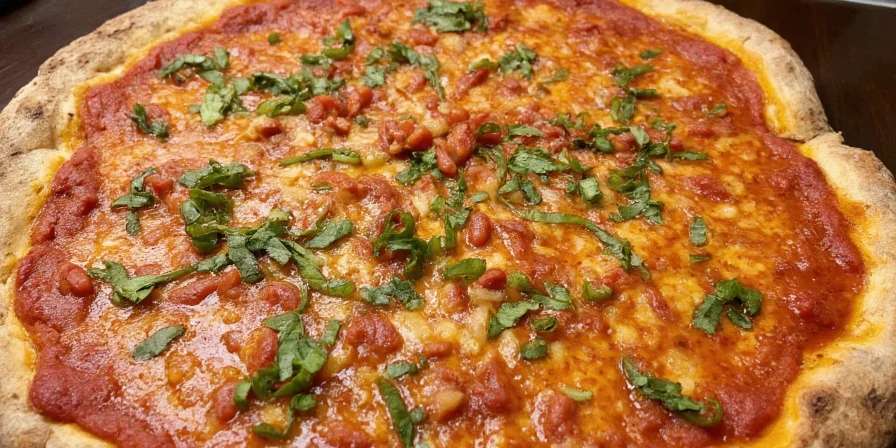
Serving Suggestions: How to Plate Like a Pro
Part of the joy of Baba Ghannouj is how beautifully it can be presented. Here are some serving ideas to impress your guests—or yourself:
- Create a Swirl: Use the back of a spoon to create a spiral pattern in the dip before drizzling.
- Drizzle with Olive Oil: This adds shine and richness. Go for extra virgin for maximum flavor.
- Garnish Generously: Fresh parsley, mint leaves, pomegranate seeds, or even a sprinkle of za’atar can make your dish pop.
- Serve with Variety: Offer warm pita, flatbread, or fresh veggies like cucumbers, carrots, and bell peppers for dipping.
- Pair with Mezze: Serve alongside falafel, tabbouleh, and stuffed grape leaves for a full Mediterranean experience.
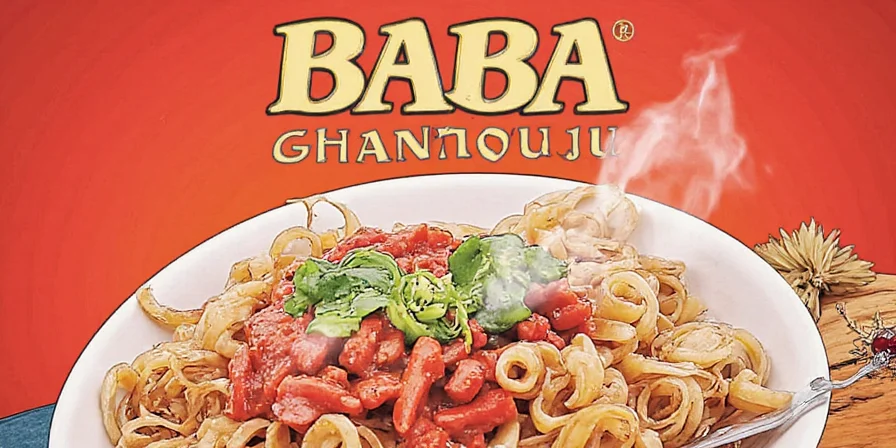
Spice & Health: Is Baba Ghannouj Good for You?
Good news for fans of flavor and fitness: Baba Ghannouj is packed with nutrients and good fats! Here's a quick breakdown of its health benefits:
- Eggplant: Rich in fiber, antioxidants (especially nasunin), and low in calories.
- Tahini: Packed with healthy fats, protein, calcium, and iron.
- Lemon Juice: Full of vitamin C and helps with digestion.
- Garlic: Known for its anti-inflammatory and immune-boosting properties.
- Olive Oil: Heart-healthy monounsaturated fats that support brain function.
Just keep an eye on portion sizes, especially if you’re using a lot of tahini or olive oil. Balance is key!
Global Spice Traditions: Baba Ghannouj Around the World
While traditionally Middle Eastern, Baba Ghannouj has found its way into global cuisines with fascinating regional variations:
| Region | Unique Twist |
|---|---|
| Lebanon | Often served with mint and pine nuts for garnish. |
| Turkey | May include yogurt for a creamier texture. |
| Israel | Frequently topped with cumin and chili flakes for heat. |
| Greece | Blended with feta cheese for a tangy twist. |
| United States | Some versions add avocado or sour cream for richness. |
This global love affair shows how adaptable and universally appealing Baba Ghannouj really is!
Final Scoop: Why Baba Ghannouj Deserves a Spot on Your Table
Baba Ghannouj isn’t just a dip—it’s a celebration of simplicity done right. With its smoky undertones, creamy texture, and bold flavors, it’s no wonder this dish has stood the test of time.
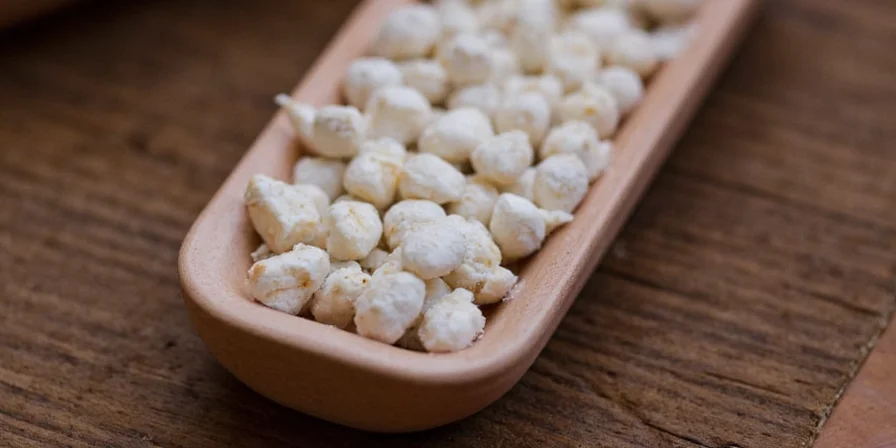
Whether you're hosting a mezze party or just looking for a tasty snack, give this dish a try. Experiment with toppings, play with spices, and make it your own. After all, that’s the beauty of Global Spice Traditions—they bring people together through shared flavors and creativity.
Summary Checklist: Your Baba Ghannouj Master Plan
- Select high-quality eggplants
- Char them properly for smokiness
- Use fresh lemon juice and quality tahini
- Balance garlic with restraint (or abandon!)
- Blend to desired consistency
- Garnish creatively and serve with variety
- Enjoy knowing you’re eating something super healthy and totally delicious

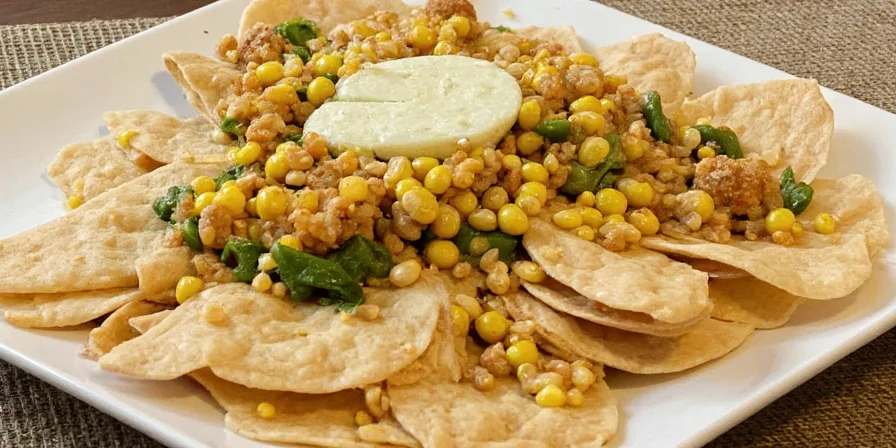









 浙公网安备
33010002000092号
浙公网安备
33010002000092号 浙B2-20120091-4
浙B2-20120091-4